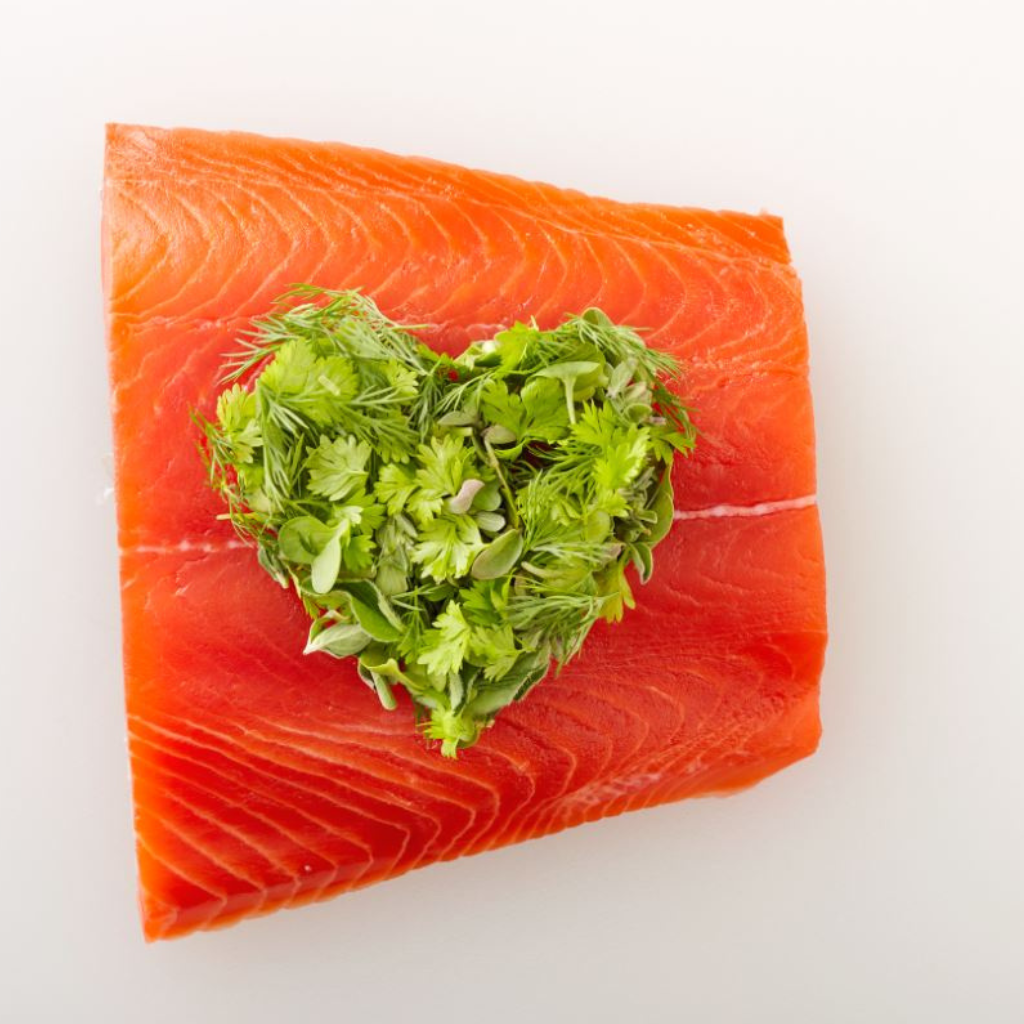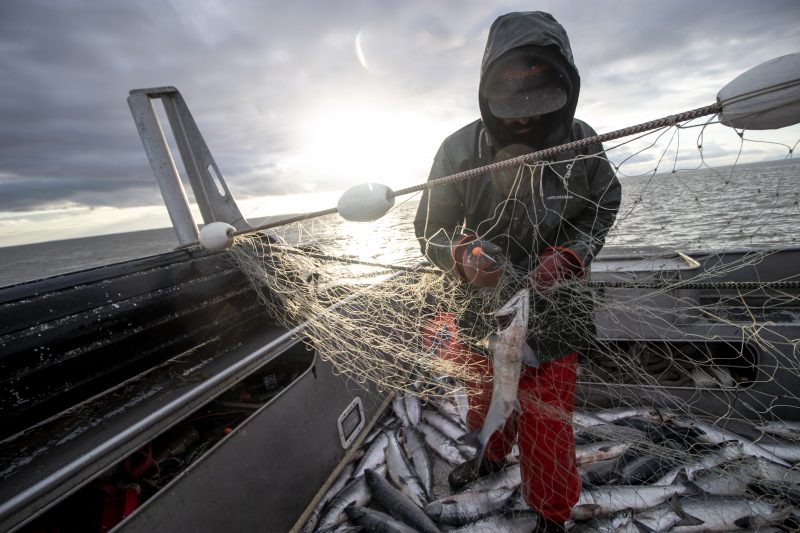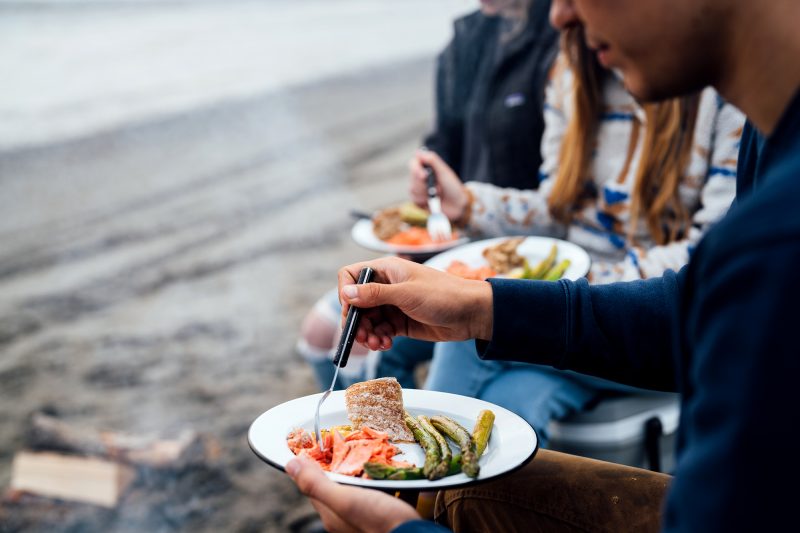Frozen versus Fresh Fish
When looking for seafood there is often an idea that fresh fish is better than frozen fish. Believe it or not, this is actually not the case! Wild-caught fish that has been properly handled and flash-frozen within hours of being caught (just like the salmon from Wild Alaska Salmon and Seafood) actually maintains all of the nutritional value and taste of “fresh” fish! Most of the time it is even fresher than fresh, as any bacteria is killed off in the freezing process.
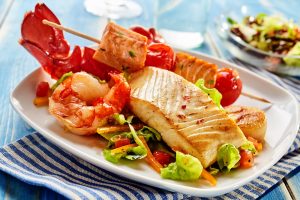
The Do’s and Don’ts of Thawing Frozen Fish!
DO
If you are planning on cooking your salmon & seafood for dinner tonight, all you have to do to thaw it is pop the frozen fish into the refrigerator and it will defrost throughout the day! The slight change in temp makes it a safe choice for thawing as opposed to other methods because you won’t “shock” the fish into losing some of its textures or encourage any potential bacterial growth. This thawing process is best to do first thing in the morning or the night before to ensure your salmon & seafood are fully defrosted by the time you are ready to cook!
If you don’t have enough time to thaw your seafood throughout the day, a quicker method of defrosting your fish is, while still in its frozen packaging, to place it in a bowl of cold water. Be sure to fully submerge your salmon & seafood in water so that it thaws the whole fish evenly. This is a much quicker way to defrost salmon and will be ready to cook in no time! Be sure to pay close attention to the thawing process though, placing your fish in the water for too long can add the risk of losing flavor and texture.
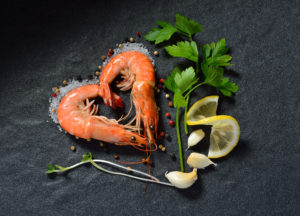
DON’T
If you are looking for a way to thaw salmon & seafood quickly…Do not, under any circumstances try to thaw frozen seafood in the microwave. The drastic change in temperature will defrost your salmon & seafood with a tough, rubbery texture. What’s even worse is some thinner parts might actually end up getting slightly cooked…overdone seafood? Gross! Some may be tempted to try and thaw frozen seafood faster by running hot water over it in the sink. This can do a lot of negative things to your fish like create a breeding ground for bacteria and waterlog your meal. Just because fish live in water doesn’t mean they cook well in it! If you are going to use water make sure to try the submerged method mentioned earlier and make sure the water is as cold as possible!
Thawing your fish out on the countertop can work as well. You can leave your vacuum-sealed portion on your countertop for a couple of hours until it is cool, but not totally thawed. Then you can place your seafood in the refrigerator to continue thawing at the proper temperature. If using this method, pay close attention to your seafood, and do not let it get to room temperature! The best tried and true method to properly defrost salmon & seafood will always be to plan ahead & use the refrigerator.
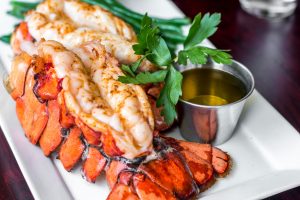
Recipes to try!
For your next catch of wild-caught frozen seafood, try one of our signature recipes and enjoy a delicious meal with the proper thawing techniques! https://wildalaskasalmonandseafood.com/category/home/recipes/
